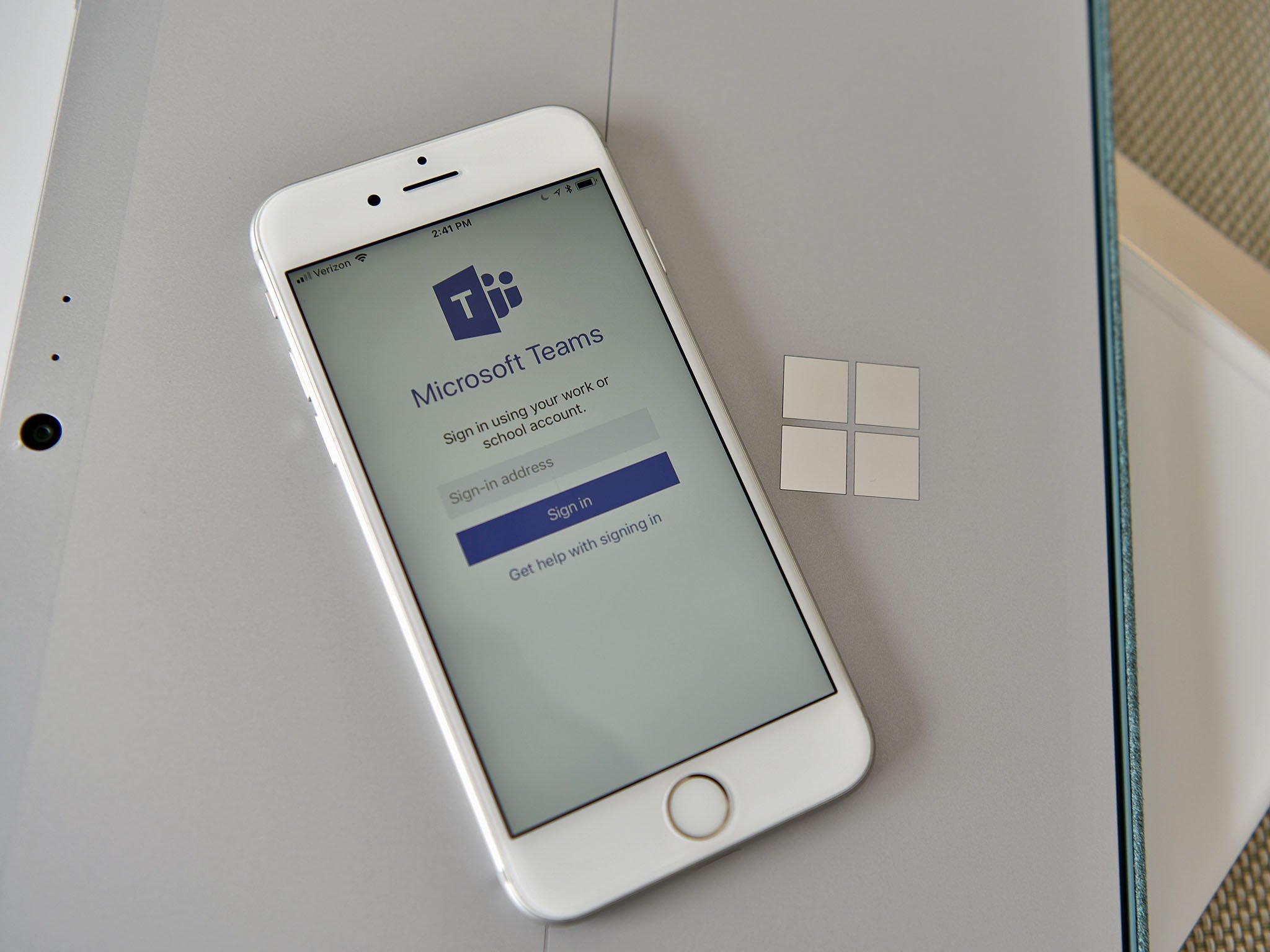Microsoft Research is looking into if AI can enhance communication within virtual meetings.
What you need to know
- A Microsoft Research project studied the use of AI to read people's non-verbal communications during virtual meetings.
- The study used a bot within Teams calls to identify various emotions.
- The study suggests positive results from using AI to enhance communication.
A Microsoft study used an AI tool to monitor people's expressions and non-verbal communication during video calls. The AI is called AffectiveSpotlight, and it uses a neural network to classify the expressions of people. AffectiveSpotlight was tested against random selection to help presenters see people's reactions. The study was recently highlighted by NewScientist.
Generally, people are good at reading non-verbal communication. It's normal to pick up on subtle, and not-so-subtle, facial expressions and other cues within conversations. That type of communication tends to suffer on video calls. Not only are people's video feeds smaller than people appear in real life, but we're also often looking at several people at once on a grid.
Microsoft's website has a page on human-computer interaction that includes several publications. One publication, titled "AffectiveSpotlight: Facilitating the Communication of Affective Responses from Audience Members during Online Presentations" goes over observations on using AI to monitor people's expressions.
Its summary states:
The ability to monitor audience reactions is critical when delivering presentations. However, current videoconferencing platforms offer limited solutions to support this. This work leverages recent advances in affect sensing to capture and facilitate communication of relevant audience signals. Using an exploratory survey (N=175), we assessed the most relevant audience responses such as confusion, engagement, and head-nods. We then implemented AffectiveSpotlight, a Microsoft Teams bot that analyzes facial responses and head gestures of audience members and dynamically spotlights the most expressive ones.
The results of the study suggest that the AI helped presenters:
In a within-subjects study with 14 groups (N=117), we observed that the system made presenters significantly more aware of their audience, speak for a longer period of time, and self-assess the quality of their talk more similarly to the audience members, compared to two control conditions (randomly-selected spotlight and default platform UI).
During testing, ActiveSpotlight highlighted 40 percent of participants during talks, which is significantly less than the 87 percent selected with the random software.
This is only a single publication, so it may be some time before we see AI integrated with everyday calls. It does show the promise of the concept of using AI to enhance communication.

No comments: